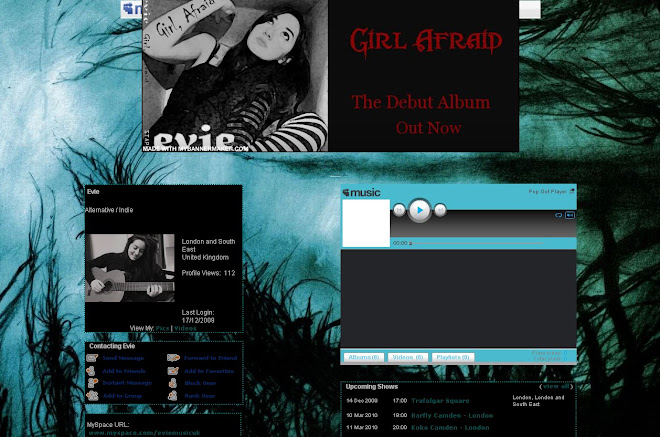1920s and 1930s
The history of music videos can be dated as far back as the 1920s in
Soundies 1840 - 1846
Soundies are an early version of music videos, usually three minute musical films that were displayed in Panorams. Panorams were coin-operated film/video jukeboxes used as entertainment in bars and other entertainment and amusement centres. They covered all music genres and are perhaps best known for their exhibiting of African-American artists who had fewer opportunities to perform at live venues.

1960s Scopitone
The first scopitone was made in
- Choice was built in.
- Films were in colour rather then black and white.
- Individual selection
- Play and rewind options
The videos shown were usually song and dance performance that were shot cheaply and the consisted of high levels of female display. These films were a pre-cursor to the overt sexual displays of contemporary music videos. They were produced in the
1975 - First Official Music Video by Queen – Bohemian Rhapsody
The rise of Music TV 1981 – 2003
Initially there was a British invasion of Pop acts that filled video airplay on MTV to break the American market. Soon American artist followed suit as they realised the potential of the medium. There was at first a dominance of white, male rock artists based on the assumptions of the producers about the demographics of the audience, namely that the audience was also dominated by white males.
Other than Michael Jackson who had success with his singles Thriller and Bad both of which had successful, high budget productions, black artists didn’t break through until the end of the decade. Reluctance to play black music videos meant rap videos only attracted small budget and didn’t find a mass audience at first. ‘Walk This Way’, the crossover by Run DMC and Aerosmith as well as the humour of MC Hammer and Coolio helped make gangsta rap more acceptable and so eligible for bigger budget videos. Hype Williams, a music video director, led the way for black artists and director in the music industry for more extravagant productions. Higher budget videos generated better record sales and meant that hip-hop now replaced rock as the dominant music form.
Eventually serious rock artists realised the importance and effectiveness of music videos. Bruce Springsteen, who was considered the ultimate to other rock artists, led the way with his 1984 video for ‘Dancing in the Dark’.
The Establishment and Development of the MTV Brand
By 1984, MTV had established itself as central to the music business and started up the Video Music Awards, its very own Oscars. MTV, now owned by Viacom, diversified and established VH1, a more album orientated channel for older audiences. MTV Europe started up and was a great success as Europeans were keen to get same benefits as Americans.
Music videos along with MTV and the introduction of the CD were considered responsible for the revival of the Music Industry. It improved sales and established image as a key factor in the promotion of an artist. By the end of the 1980s music videos were a pre-requisite in the promotion of singles.
The Present Day and the Influence of Technology
Music videos first appeared on the internet on chat/networking sites having been digitised form TV recordings, uploaded and shared.
1997 - I-film launched
1999-2001 – Napster launched
2005 – The launch of Youtube. Faster and easier viewing than sharing sites.
2007 – Myspace video functionality added
2007 – Royalties issue
Google and Youtube reassured the music industry they would ensure fairness so that artists got their cut. However the issue was complicated as some labels welcome the development viewing it as free advertising while others see their music video as ‘the product’ and so they must protect their product and profits as much as possible.
Various artists have achieved fame and success through videos first becoming known online only. Example: Ok Go 2005 ‘
MTV – online streams of music videos
AOL – streams with supporting advertising
I-tunes – offers free music videos and sells them to view on video i-pods.
Viewer-generated content
Literal music videos, lip dubs and mobile phone clips from live performances.
Guerrilla filmmaking – An alternative to the mainstream. Refers to a form of independent filmmaking. Characterised by low budgets, skeleton crews and simple props. Scenes are often shot quickly in real locations without any warning. Usually made by independent filmmakers who don’t have the budget to obtain permits, rent out locations or build expensive sets. Example: Vincent Moon ‘The Take-Away’
‘Guerrilla filmmaking is driven by passion with whatever means at hand.’ -


No comments:
Post a Comment